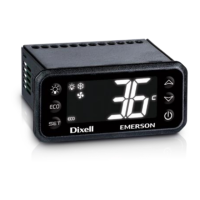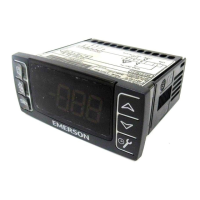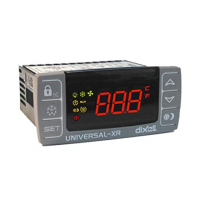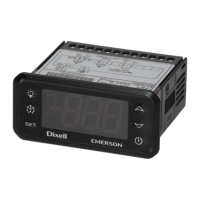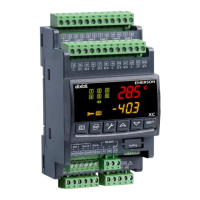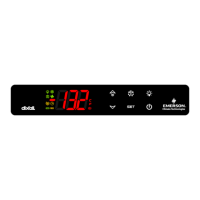User Manual Chapter 15
GFK-1742F Jan 2020
Using the Electronic CAM Feature 336
15.3.8 Time-Based CAM Motion
The implementation of a time-based CAM profile employs the same mechanism as a regular
CAM (position-based master). In order to program a time-based CAM profile, the CAM
master source should be configured as “Commanded Position” of Axis 3 in the DSM314
module hardware configuration, with the Axis 3 mode set to “Auxiliary Axis.” A constant
velocity command is then initiated on Axis 3. The effective time scale of the CAM motion is
determined by the scaling of the master in the profile source file and the User Units-to-
Counts conversion factor defined in Hardware Configuration. A time-based CAM motion
command can be executed simultaneously on multiple axes.
15.3.9 CAM Scaling Editor and Hardware Configuration
The DSM module allows the user to scale the position feedback device resolution versus the
module programming units. For example suppose 1 motor revolution corresponded to 1
inch of travel for the driven load. In this example, the motor connected to the driven load
has an encoder that produces 8,192 counts per motor revolution. Thus, 8,192 feedback
counts equals 1 inch of load travel. Some users would find it easier to program motion in
inches rather than in feedback counts. In this case, you could set up the scaling to program
motion in thousandths of an inch. To obtain this result, set the User Units to
Counts ratio to be 1000 to 8192 in the DSM hardware configuration. Additional information
on specifying these values is located in Chapter 5.
The CAM feature also supports application-specific units. However, you are required to
manually transfer the values entered in hardware configuration to the appropriate area
within the CAM editor.
Note: You must transfer these values for both Master and Slave axes. Building on the prior example,
suppose both the master and the slave axes had equivalent motors. Therefore, each feedback
device has the same 8,192 counts per revolution. However, for the master, one motor revolution
equals 1 inch of load travel, while for the slave, one motor revolution equals .5 inches of load
travel. To make the programs easier to understand, you should program the master and slave in
the same units. In this example, units of 0.001 inch are used. To obtain this result, first determine
the correct user units to counts ratios for the master and the slave.
To determine the ratio, apply the following equation

